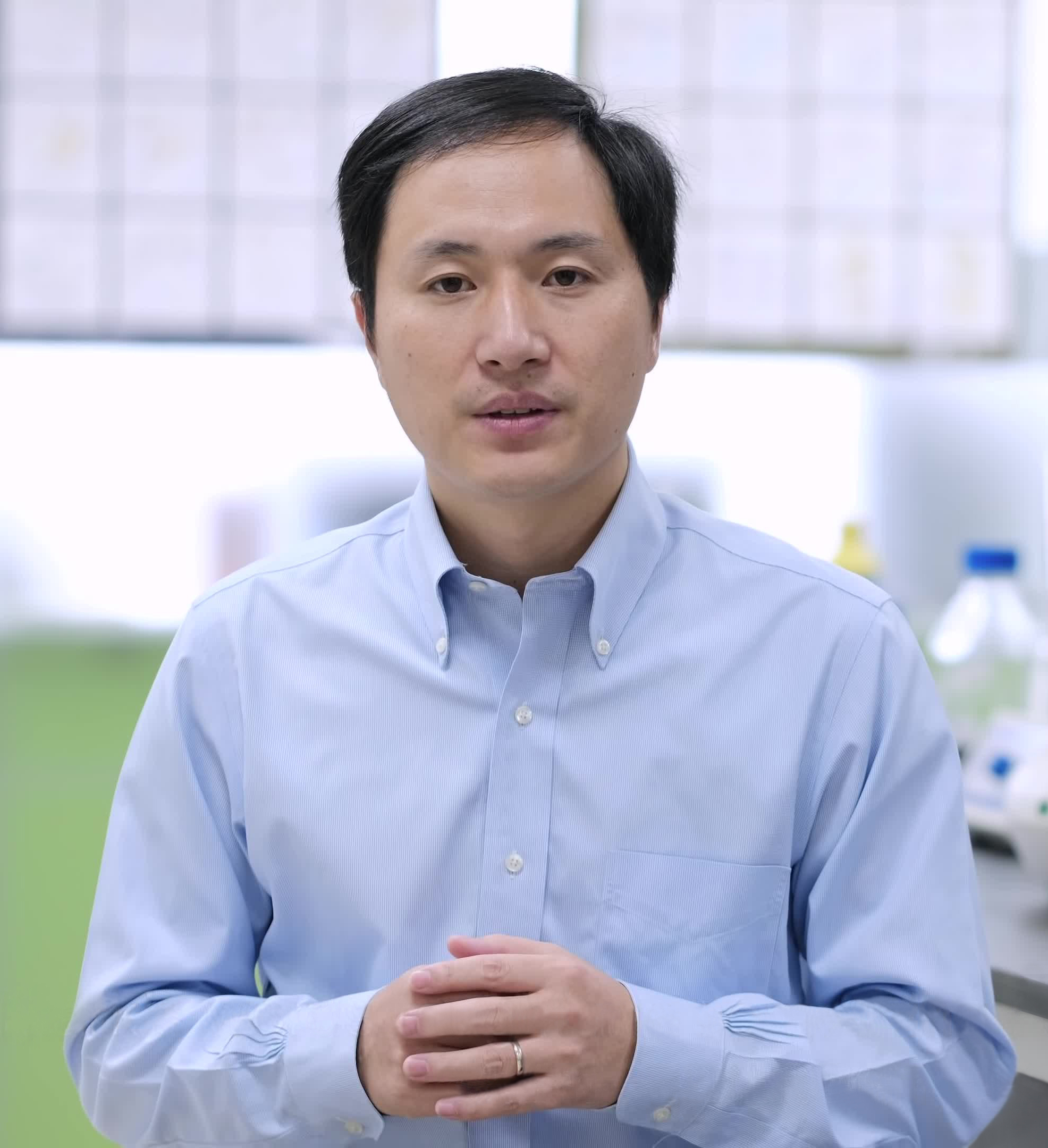Does Gene Editing Have a Future in Reproductive Medicine?
By Eben Kirksey,
The New York Times
| 03. 04. 2023
Since James Watson and Francis Crick first described the structure of the DNA double helix, scientists have debated the potential for creating genetically modified babies. In 2018, a Chinese scientist named He Jiankui announced he had actually done it: He used a gene editing tool called CRISPR to edit the embryos of twin girls in hopes of making them resistant to H.I.V.
China’s laws governing reproductive medicine and gene editing were ill defined at the time. But outrage among scientists and the public led to Dr. He being sentenced to prison for three years on charges of “illegal medical practice,” under a broad statute, and denounced as pursuing “personal fame and profit.” China has since tightened its laws governing gene editing and fertility medicine. Dr. He moved too quickly, and failed to demonstrate that he actually protected the twins from H.I.V. Governments and the scientific community should develop clear legal frameworks to prevent rogue scientists from following in his footsteps.
I wrote a book about Dr. He’s experiment, and I’ve been speaking with him regularly since he was released...
Related Articles
By Jenny Lange, BioNews | 12.01.2025
A UK toddler with a rare genetic condition was the first person to receive a new gene therapy that appears to halt disease progression.
Oliver, now three years old, has Hunter syndrome, an inherited genetic disorder that leads to physical...
By Rachel Hall, The Guardian | 11.20.2025
Couples are needlessly going through IVF because male infertility is under-researched, with the NHS too often failing to diagnose treatable causes, leading experts have said.
Poor understanding among GPs and a lack of specialists and NHS testing means male infertility...
By Pam Belluck and Carl Zimmer, The New York Times | 11.19.2025
Gene-editing therapies offer great hope for treating rare diseases, but they face big hurdles: the tremendous time and resources involved in devising a treatment that might only apply to a small number of patients.
A study published on Wednesday...
By Aisha Down, The Guardian | 11.10.2025
It has been an excellent year for neurotech, if you ignore the people funding it. In August, a tiny brain implant successfully decoded the inner speech of paralysis patients. In October, an eye implant restored sight to patients who had...




